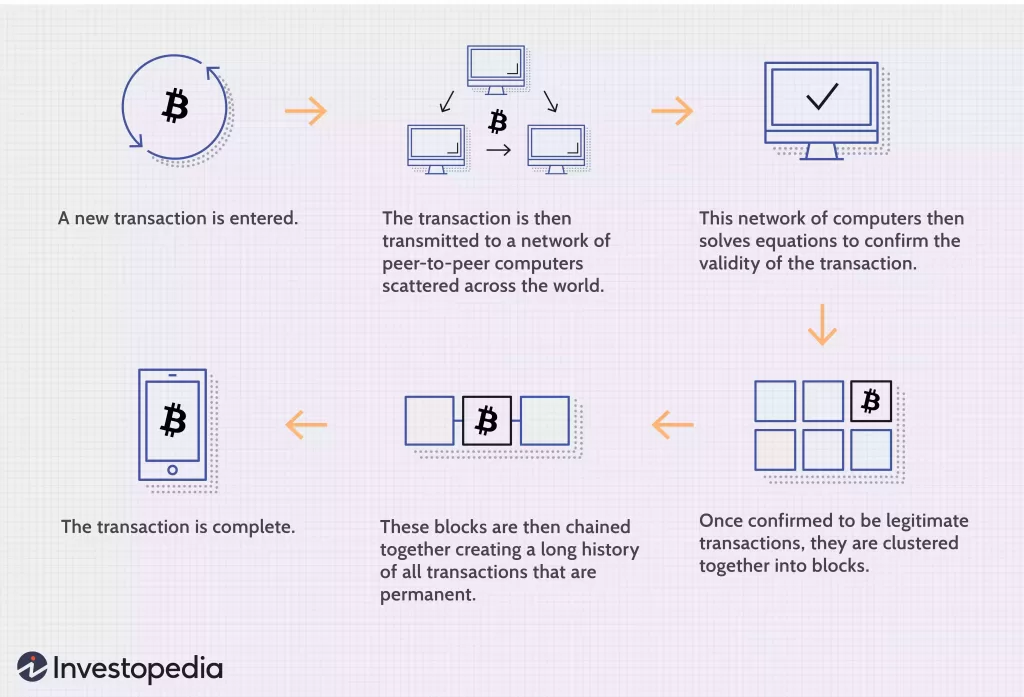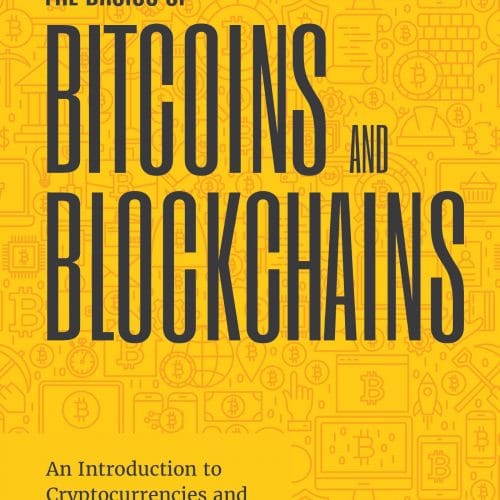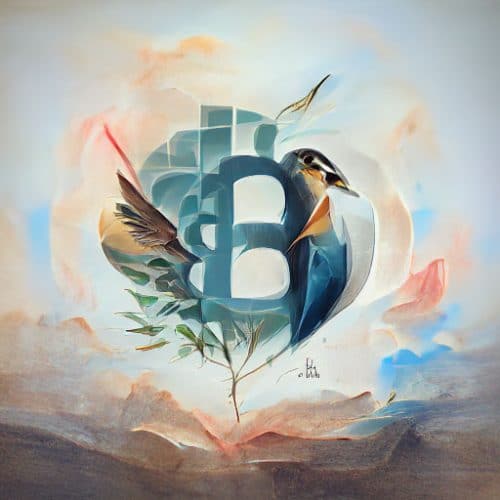A blockchain is a type of database. One key difference between a typical database and a blockchain is the way the data is structured. A blockchain collects information together in groups, also known as blocks, that hold sets of information.
A database structures its data into tables whereas a blockchain, as its name implies, structures its data into chunks (blocks) that are chained together. This makes it so that all blockchains are databases but not all databases are blockchains.
This system also inherently makes an irreversible timeline of data when implemented in a decentralized nature. When a block is filled it is set in stone and becomes a part of this timeline. Each block in the chain is given an exact timestamp when it is added to the chain.

Because of the decentralized nature of BitcoinBitcoin1$ 67,714.930.18%-6.01%-15.89%details‘s blockchain, all transactions can be transparently viewed by either having a personal node or by using blockchain explorers that allow anyone to see transactions occurring live.








